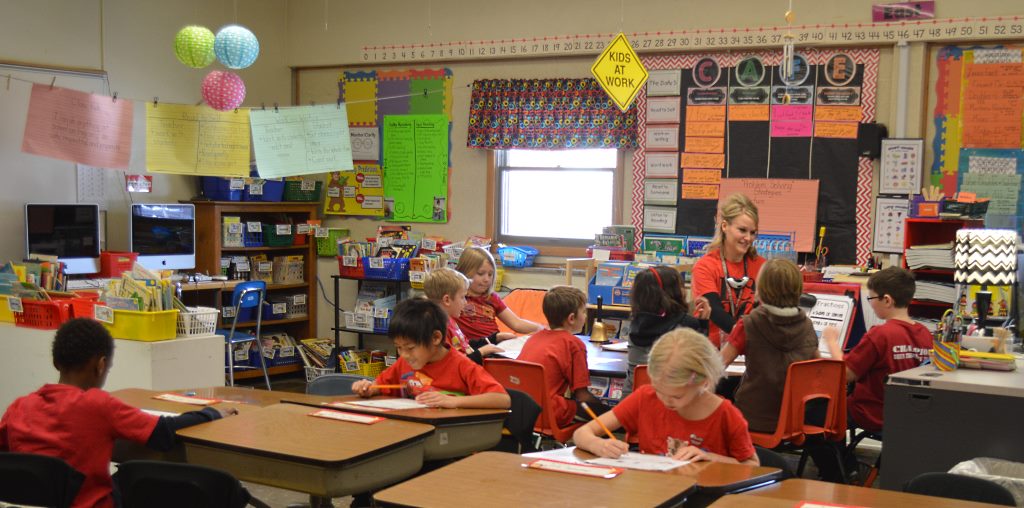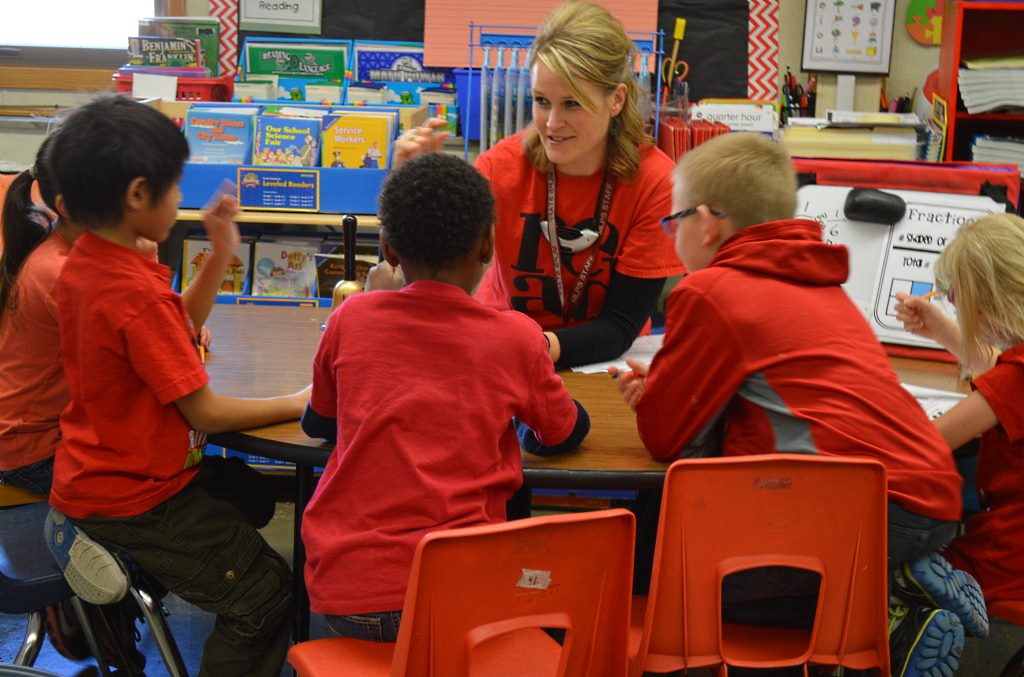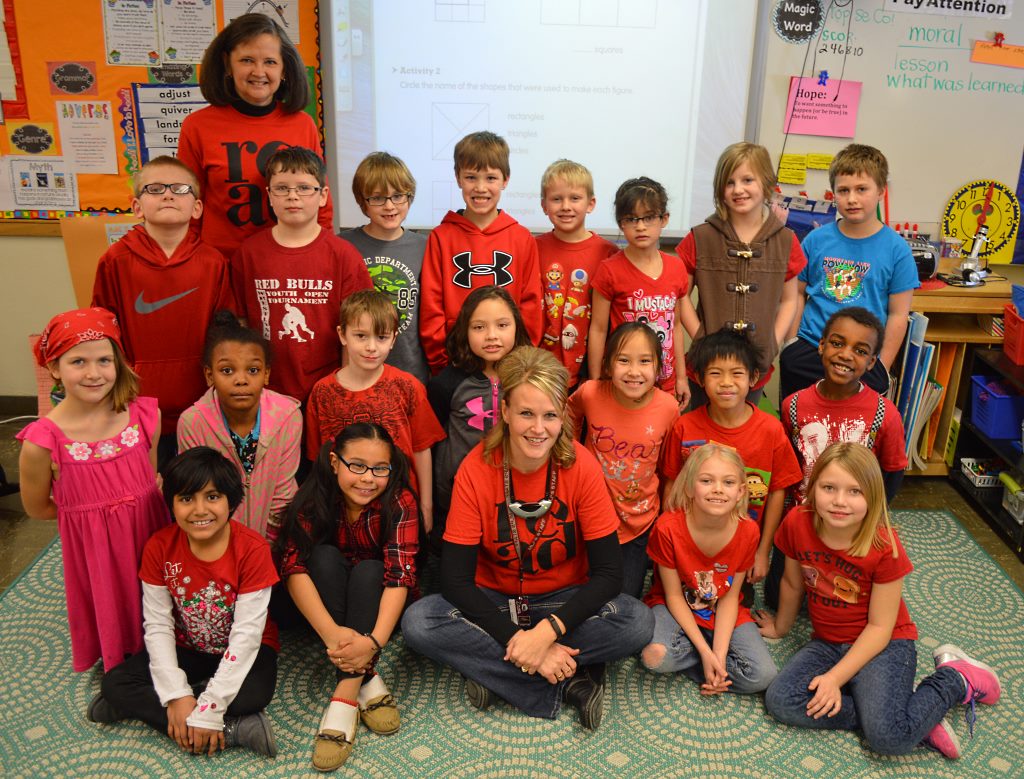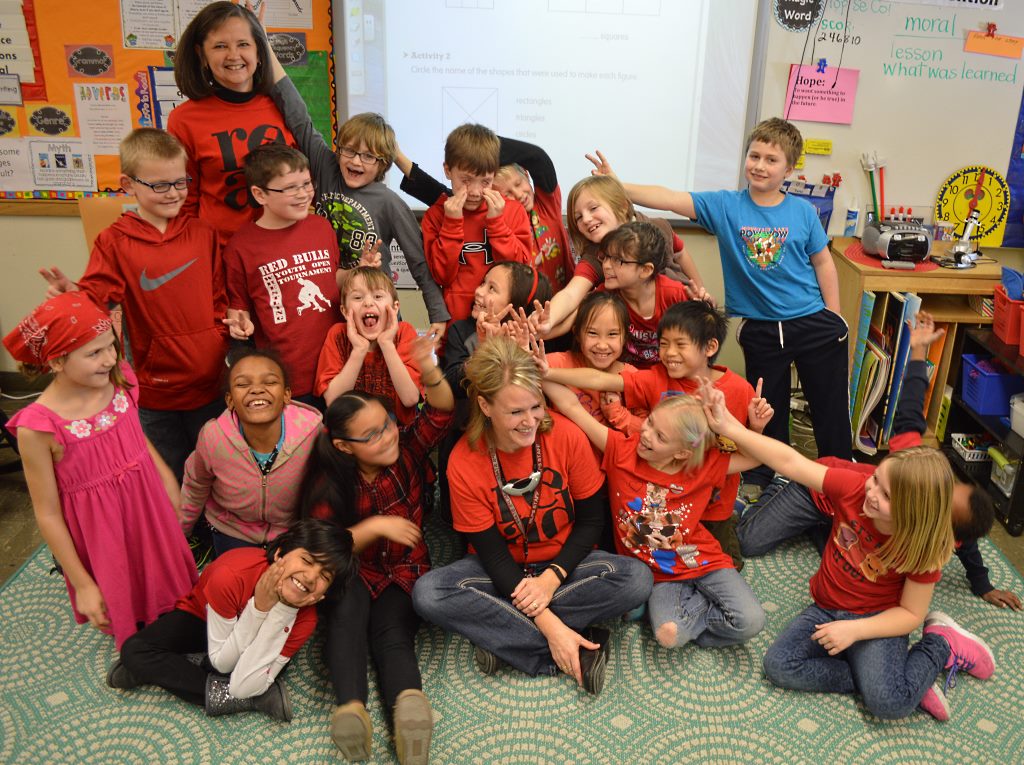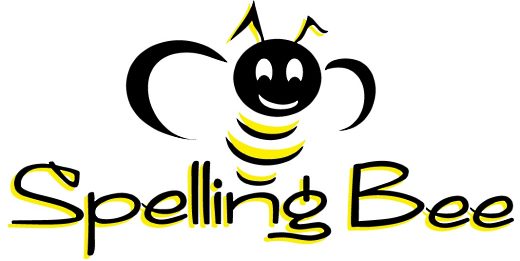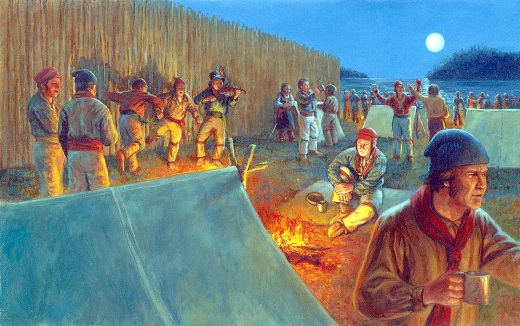For MLES second-grade teacher, students – their classroom is a community of positive potential
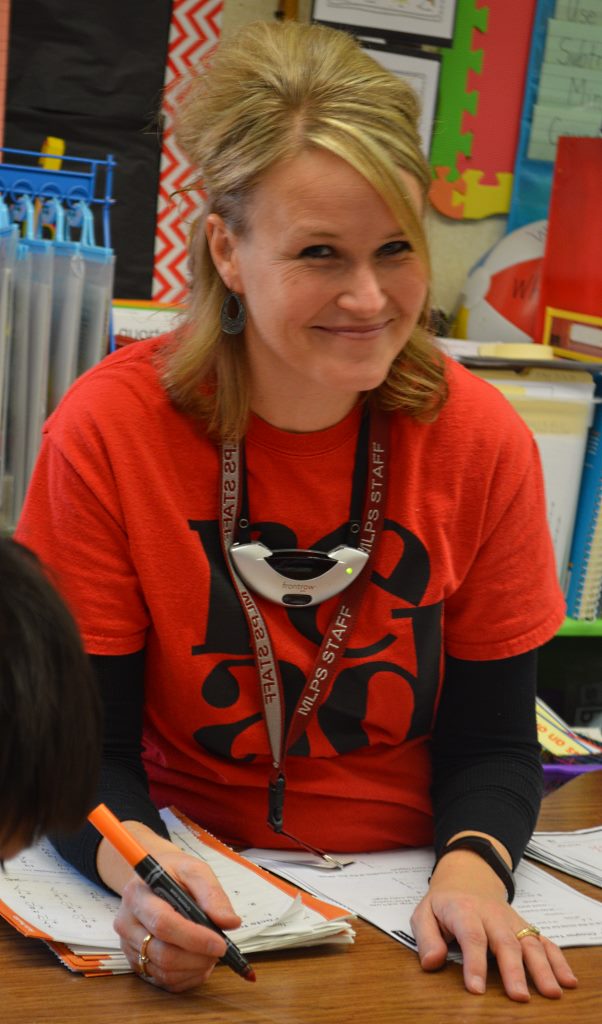
Greet with open arms each new day and all of its positive potential.
Mountain Lake Public Elementary School (MLES) second-grade teacher Kristine Friesen is passionate about finding that positivity.
The 35-year-old Friesen believes strongly in being a role model to that end, presenting an outlook on life that can be used as a pattern – or template – for lighting that same fire within every one of her students.
“My beliefs are demonstrated daily, starting with the greeting my students receive at the classroom door,” explains Friesen, defining that method. “Each morning I make an upbeat connection with my students as they enter the room. We kick off our day with a classroom meeting. These gatherings are a fundamental part of building classroom community and developing trust. Through these moments, students learn how to encourage and support each other as caring friends. Additionally, this is also a time for review and assessment on the skills we learned the day before”
Friesen incorporates into her classroom the same optimistic imperatives she remembers being given by people integral to her during her formative “growing up” years:
“Never give up.”
“Stay positive.”
“You can do it.”
“These are all comments I heard – and ones I have taken to heart – in both my personal and professional life,” states Friesen.
Utilizing that approach, Friesen has developed a classroom atmosphere – and curriculum – that emphasizes positive growth and connections – and which encompasses learning through differentiation.
For her efforts, she was just named as one of 123 nominees from across the state for 2015 Minnesota Teacher of the Year.
Positive relationships, trust, provides foundation for achieving in learning
Adds Friesen, “I begin building relationships and connections with my students the moment I meet them. I strive to be their positive influence; one they will emulate in their own development.”
In addition, Friesen believes that students who put together positive relationships with peers – as well as teachers and other adults – also cement trust in others. Both of these are building blocks necessary to lay a strong foundation for achieving in learning. “My hope is that my students take ‘ownership’ in their learning in order for them to accomplish the goals they set forth for themselves,” enthusiastically declares Friesen. “I work hard to find what they need next to achieve their goals, while collaborating with an excellent staff – and great mentors and colleagues – at MLES.”
Friesen’s philosophy for the education of her students centers around the mindset that every child should have the right to learn at his or her level. “I feel I provide a structured environment with clearly-set expectations and routines,” Friesen puts forward. “Our learning environment is full of chances for discovery, growth and practice. It is important to me that they feel successful, comfortable – and safe.”
Continues Friesen, “I fully understand that when a child enters my room, he or she comes from unique experiences and backgrounds – and I do my best to meet each child where they are, as well as challenge them to grow to the next level of development – and beyond.”
In order to advance that individual student achievement, Friesen provides differentiated learning in both reading and math. This style of learning not only focuses on levels of development – but also differential learning styles. Friesen explains that learning technique this way, “With these characteristics and beliefs, I feel I provide a rich environment for learning – and growing – in the classroom.
“And, of course, I never give up on a child – no matter the challenge,” emphasizes Friesen. “I make that known to them by telling them how much I care about them, boosting them up when I tell them not to give up – and when I share with them that I am not giving up on them either.
“This is important to me as I was told this very same thing a time or two myself.”
As far as the “nuts-and-bolts” reading and mathematics classroom curriculum she uses, Friesen explains that she has gleaned teaching queues developed by The 2 Sisters – teachers (and sisters) Gail Boushey and Joan Moser.
She applies portions of their Daily 5 Reading format through which students are able to work at their individual levels in reading – plus are provided with movement in their learning. Students work on five important concepts of reading and writing. These include Read to Self, Read to Someone, Work on Words, Listen to Reading and Work on Writing.
When it comes to constructing her mathematics curriculum, Friesen has sculpted the sisters’ Daily 3 Math Concept format. Similar to the reading curriculum, students are able to work at their own levels – and receive immediate feedback on their learning.
Through both the reading and math concepts, students are able to learn in small groups, experience multiple learning styles, move to reset the brain – and practice higher order thinking. As well, student stamina is built that encourages independent work, allowing Friesen, and her classroom paraprofessional, Sherri Janzen, the ability to provide the support and instruction needed.
There are also scattered times throughout the course of a school day Friesen incorporates education in settings other than the classroom. She plans learning activities for bathroom breaks or just walking down the hall. “Sometimes I feel they (students) do not even realize that I am actually teaching – and that they are actually learning – because the moments are fun – and they have taken ownership of those moments and truly want to learn what is being presented,” notes Friesen.
Another facet Friesen feels aids in her students’ learning are “brain breaks.” She describes these as two-to-four minute breaks, two-to-three times a day to move – and just get the wiggles out. “I always say,” Friesen emphasizes, “That there is a time to be silly – and a time to be serious. And, as a side benefit, many of these activities also stimulate brain development.”
Of course, as a required necessary in education, learning is also driven by assessments. According to Friesen, these assessments are given often, and then, “reviewed by Responses to Intervention teachers or myself. Each day I give many formative assessments to drive my instruction and plan ahead, ” explains Friesen. She continues, “These are not always paper/pencil – but observations or student survey. I additionally involve the students in these assessments for self-checking and learning from mistakes. In this way, students are provided the ability to set their own goals and self-motivate improvement.
“And, of course, it is crucial that I, too, continuously self-assess my teaching. I often ask myself, ‘Is this lesson good enough for my own children?'”
Friesen defines the student/teacher steps in the learning format as a partnership, “We set goals together, work on specific skills and celebrate our accomplishments.
“Learning is a team effort in my room.”
For Friesen, that team effort extends beyond the students, herself and the classroom walls. “I feel communication is very important,” stresses Friesen. “I actively communicate with my students, their parents and my colleagues regarding successes – as well as on things on which to work. Having a relationship with my students’ parents is of equal importance to me.”
Friesen’s professional, personal development
Friesen is in her eighth year of teaching second grade at MLES. Her route to the classroom took a circuitous – but connected – path.
Following graduation from James Public High School in 1997, Friesen attended South Central Technical College in North Mankato for two years, earning an Associate of Applied Science Degree in Administrative Support.
For six years, from October 2001 to August 2007, she was the Youth Development Coordinator for St. James Community Education, coordinating the Big Buddy mentoring program, facilitating the STRIVE program for high school students and spending time working closely with youth in grades kindergarten-through-12.
While serving in this post, Friesen returned to higher education, attending Minnesota State University-Mankato (MSU-Mankato) from September 2001 to December 2004, earning a Bachelor of Science Degree in Elementary Education (K-6) with an emphasis on Preprimary (Birth-Preschool). She completed her student teaching from August 2004 to December 2004 in second grade at Winfair Elementary School in Windom.
She was the Welcome Baby Coordinator for St. James Community Education from September 2006 to August 2007. Her duties were to educate parents regarding nutrition, immunizations, growth, development, illnesses, car seat training and safety through home visits. Her assignment with St. James Community Ed also included serving as an Early Childhood Education Teacher from September 2006 to August 2007, developing, planning and implementing lesson plans for the development of babies for babies and their parents.
Friesen was a substitute teacher in area schools from February 2006 to September 2006. From those experiences, Friesen gained professional classroom experience in all grade levels and abilities.
It was in August 2007 that she connected with her position at MLES.
She is a member of Education Minnesota, the National Education Association and the Daily Cafe. In addition, she was a New Teacher Mentor, is a Professional Learning Community Trainer, is a member of the Professional Development Committee, the Staff Development Committee, the Response to Intervention Team and the Professional Learning Community Team.
Friesen was named to Who’s Who Among Students in American Universities and Colleges in 2004 and to the MSU-Mankato Dean’s List from 2002-2004.
Friesen is married to her husband, Charlie, and they are the parents of two children, nine-year-old Jacob and six-year-old Katelyn. In her hometown of St. James, Friesen is actively involved in her church, St. James Catholic; is a Youth Football Parent Volunteer and is a parent volunteer with various activities that involve the couple’s children.
About the Minnesota Teacher of the Year program
With the naming of this year’s 51st Minnesota Teacher of the Year, the tradition of excellence in teaching in Minnesota is celebrated. Candidates include pre-kindergarten through 12th-grade teachers – from public or private schools.
The 2015 Minnesota Teacher of the Year will be announced Sunday, May 3, at the Radisson Blu Mall of America in Bloomington. Over the coming weeks, a 25-member panel of community leaders will name a group of semifinalists and finalists.
Organized and underwritten by Education Minnesota, the Minnesota Teacher of the Year program receives support from Education Minnesota, ESI, The Harvard Club of Minnesota Foundation, McDonald’s Restaurants of Minnesota, Radisson Blu Mall of America, The SMARTer Kids Foundation, TruStone Financial and United Educators Credit Union.
Friesen’s end goal is to have an impact – even years later
Friesen’s end goal – in what she counts as the greatest contributions and accomplishments a teacher could have in education – is to have an impact on her students; the lives she has touched throughout her years of teaching.
“At the end of the school year, when we are able to celebrate growth, it is so rewarding to know that I have had a hand in it,” reflects Friesen.
“It is also inspirational – on a personal basis – to have former students return to the classroom over the years and say, ‘Hey, remember when you taught us about?’ or, ‘Remember that silly song we learned and sang about subjects and predicates?’ If kids retain those memories years later, you know you have made an impact.”
Friesen also notes that she has been fortunate to provide teacher mentorship within the Mountain Lake Public School District. “It is rewarding to have fellow instructors put trust in my teaching beliefs and passion for learning,” acknowledges Friesen. “I like to think that I contribute as a positive and approachable person on this aspect.”
At the close of each school day, her classroom community comes together once again as a large group to brainstorm and list at least three positive things that happened during the school day. “Even if it was just lunch that day or wearing a favorite shirt – we are still happy about that; even the small things,” Friesen explains with a smile on her face. “Some days are just better than others.”
Friesen is quick to point out that the staff at MLES encompasses her entire teaching philosophy and beliefs. “We are one big family who genuinely cares about one another – and for our students,” says Friesen. “All of us strive to remain positive teachers who establish positive learning environments for students – and ourselves.
“Being a part of all this is who I am – and have become – I am an educator.
“And on the flip side, I am being educated as well, unceasingly learning from my peers – and my students.”
* Also one of those nominated for 2015 Minnesota Teacher of the Year was former MLES physical education teacher and current instructor at St. James Public School, Stephen Chapin. Another former Mountain Lake Public School staff member, native of Mountain Lake, Gary Hildebrandt, was nominated at Brewster Public Elementary School, but, unfortunately, the paperwork was not submitted by the deadline.
